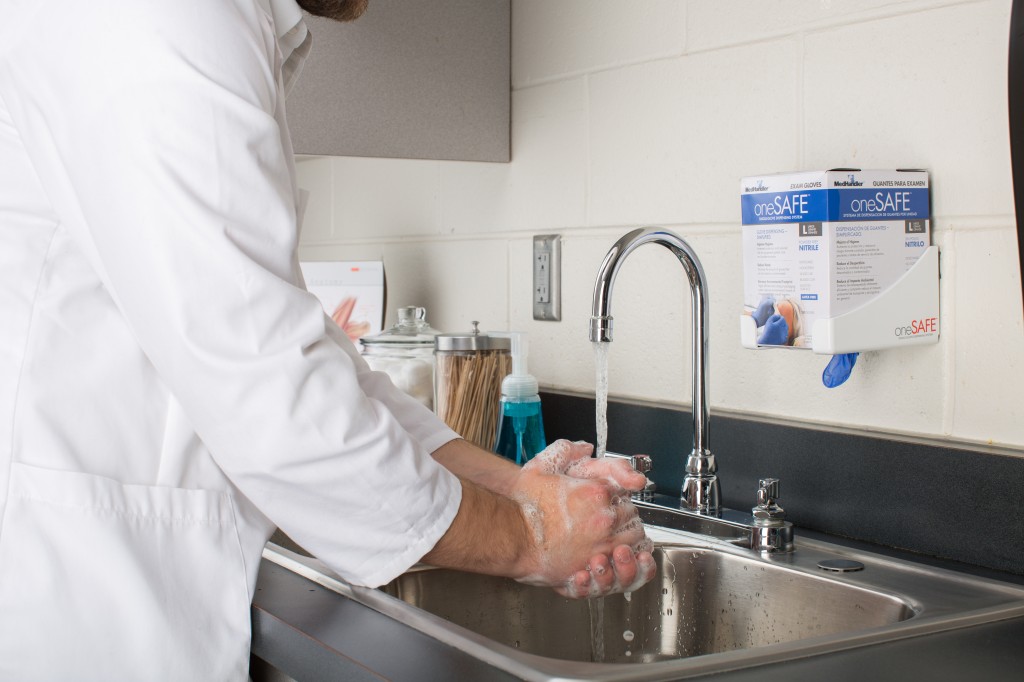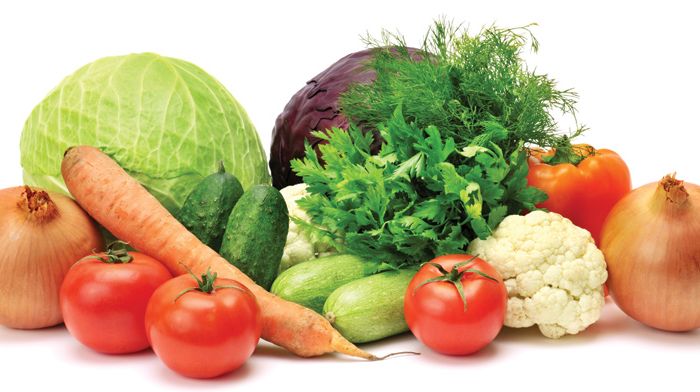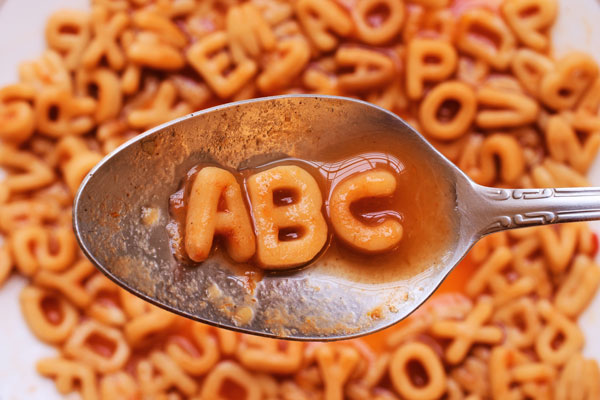The Physical Elements of Food Service Hand Hygiene – Part I
 September is National Food Safety Education Month and the theme has a rhyme to it – “Keep Hands Clean with Good Hygiene”. Hand washing is one of the public’s best defenses against the spread of both common and rare, even life-threatening, diseases including those caused by food, and against gastrointestinal infections caused by such organisms as the Norovirus, which plagues the cruise ship industry and food service in general.
September is National Food Safety Education Month and the theme has a rhyme to it – “Keep Hands Clean with Good Hygiene”. Hand washing is one of the public’s best defenses against the spread of both common and rare, even life-threatening, diseases including those caused by food, and against gastrointestinal infections caused by such organisms as the Norovirus, which plagues the cruise ship industry and food service in general.
Unfortunately, it’s not just as simple as saying I wash my hands like my mamma told me to. Every hand washing study out there shows that hand washing compliance is somewhere between 50-85% actually doing the deed—not very good news. Food service managers must consider all the hand hygiene elements and work to keep them in place to make improvements in the actual behavior of food workers associated with their hand washing practices. Hand hygiene elements are: 1) the physical equipment and tools to wash hands with; 2) the knowledge about the specific details of hand washing. Engage your employees in effective hand washing through knowledge. Educate and train them on the risks, the law, best practices and, most importantly, their personal role in serving safe food to all customers.
The Physical Hand Washing Elements– the optimum kitchen layout supports the importance of food safety in the hand hygiene process. Sometimes in older kitchens, handsinks are not strategically placed, well designed or well equipped, but work towards improvements no matter how small.
- Hand Sinks – Are the hand sinks close to each work area? Food or 3 compartment sinks cannot be used. Hand sinks should have deep wells, side splash guards if right next to food production, and preferably made of #304 stainless steel with seamless construction. If remodeling or upgrading, consider all “hands-free” — gooseneck faucets, paper towel and soap dispensers. Hand washing signs are required in the Food Code. Visit the Tools and Resources page for signage you can use!
- Soap & Hand Sanitizer—All soaps and hand sanitizers are not created equal. Talk to suppliers and try out formulations (gel, liquid or foam) to get best efficacy for removing pathogens and the kindness to the skin, rather than just buying the cheapest product. Warm water temperature can help the soap work better and encourage the frequency. Antibacterial soaps are not essential for good hand washing and do not kill viruses. A good mild soap with plenty of friction when you lather up removes the most pathogens. The best soap packaging is a bagged, airless system. A great new tool equips the soap dispensers with a digital usage counters (to monitor how many handwashes are done per day). Another good practice is having two soap dispensers at each sink to create a “never out” system. Alcohol hand sanitizers are okay if formulated correctly with skin softening emollients. They do kill bacteria fairly well, but are not effective on viruses and do dry the skin surface. Hand sanitizers never replace the hand washing practice and the Food Code requires a hand wash first before using.
- Nailbrushes or the “Claw Paw” – Fingertips, under nails, and between fingers are the source of most contamination on the hands—particularly after a restroom visit. It makes sense – almost everything we touch in kitchens is with fingertips. Studies have shown that nailbrushes create friction and dramatically enhance contaminant removal during hand washing. Controversy still exists about how to store the nailbrush in a sanitary manner. Tether it to the sink. Use a soft bristle nailbrush that has fused bristles (rather than common stapled bristles) so bacteria can’t lodge in it. If you choose not to use a nailbrush, teach food workers to use the “claw paw” by bending fingertips into the opposite palm when lathering hands.
- Paper Towels – Air dryers in kitchens are not a good option. Single-use paper towels, are the clearly the best for hand drying in the fast paced professional food handling environment. They are both effective and fast, the two critical elements of choice. Science shows us drying hands well after hand washing, removes additional levels of bacteria just from the friction.
- Gloves & Utensils – Multiple barriers to avoid touching foods with hands is a good thing. The Food Code recommends “no bare hand contact with ready-to-eat foods.” Proper use of quality, single-use, food contact gloves can significantly lower the risk of foodborne illness. Use NSF certified gloves and use the right glove for the task. Gloves and utensils deliver an added level of protection and provide a visual cue to customers that the establishment cares about their well being.
Bottom Line: Get your hand hygiene “risk control plan” started and working at your facility to improve handwashing compliance. This type of plan has been identified as an effective strategy for affecting long-term behavioral changes for food workers.
***
About the Author: Lacie Thrall

This information is provided as a general guideline and is not intended to be, nor does it, constitute legal or regulatory advice. Additional Federal regulations may apply to your particular circumstances. State, regional and local laws, ordinances and regulations may also apply.
READ MORE POSTS
The Alphabet Soup of Hepatitis and Why it Should Concern Foodservice Operators.
Late in July, I was made aware that World Hepatitis Day was on July 28th. I do have to be honest – similar to most of you reading this, I was surprised there was such a thing. After doing a bit of research, I discovered July 28th was named as such to recognize the birthday of Dr. Baruch Blumberg, who first discovered the hepatitis B virus in 1967 and then two years later developed the first hepatitis B vaccine. Each year, the Centers for Disease Control and Prevention and the World Health Organization recognize the day to help raise awareness about hepatitis, which impacts over 300 million across the globe and causes more than one million deaths a year.










